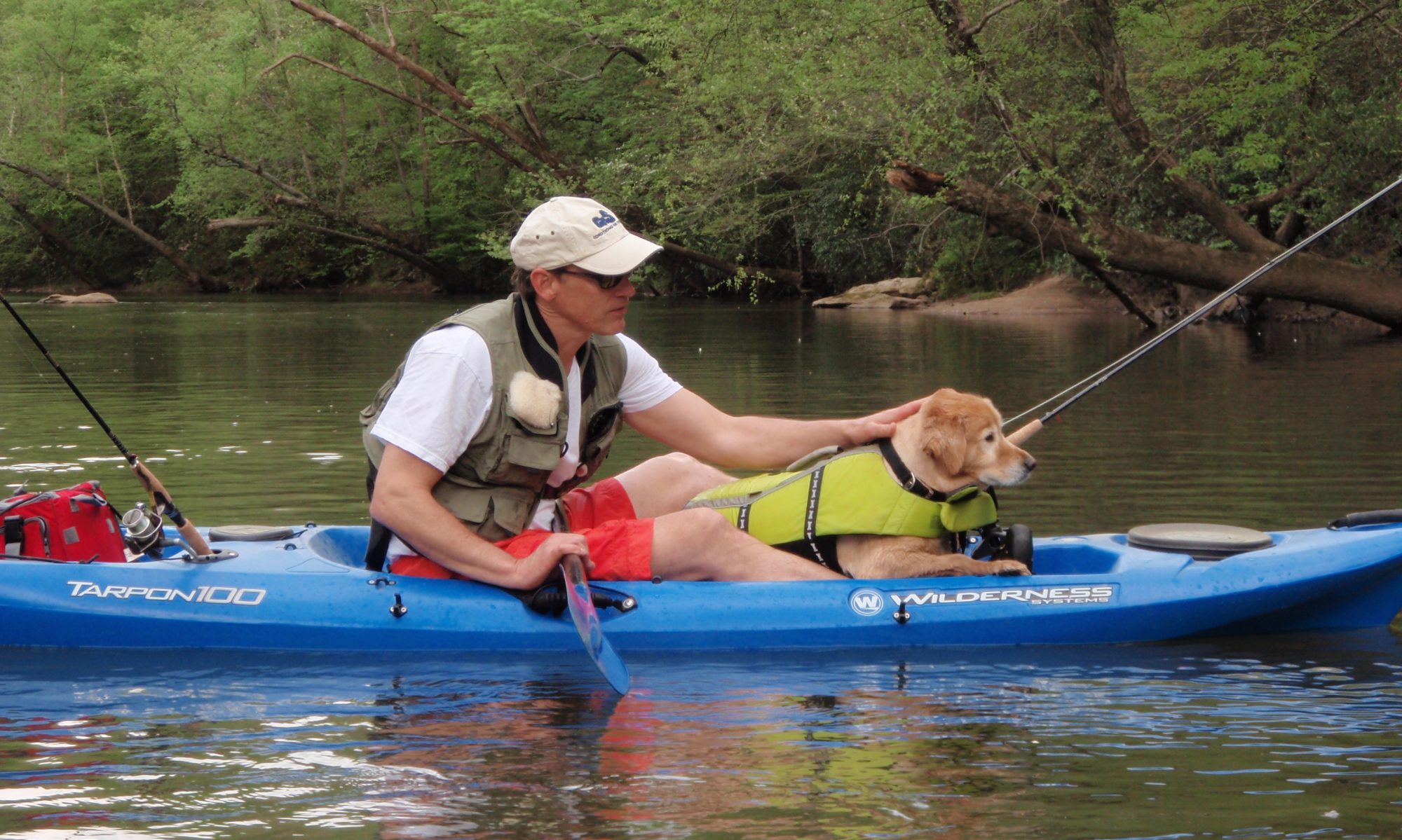
Winter’s Page
Michael’s Journey-Note the reference to Polka music
I wanted to add Michael Vinecki to my Amazon.com list of Famous and Interesting Men with Prostate Cancer. Here’s the deal with Listmania…there has to be a product on Amazon to be listed. ( That’s how I got on the list….not famous but some might argue interesting.) So having noted the Polka music reference, besides me thinking of that scene in “Home Alone” where the mother(Catherine O’Hara) gets home to her son( Macaulay Culkin) in a van with a bunch of Polka musicians (John Candy). I added Michael Vinecki by searching the “Versatones” and got the group referred to that he played with and received a Grammy Award which Mrs. Vinecki refers to.
I am sure you will be moved as I was to this story, I’ve joined the site and look forward to following her progress.
Eddie Blazonczyk’s Versatones
Famous and Interesting Men with Prostate Cancer-The List
Abstract
Sarcomatoid carcinoma of the prostate is a rare type of prostatic cancer. With the exception of 1 study, the morphologic features and patient outcomes have been reported only in relatively small case series and individual reports. We examined transurethral resection, needle biopsy, and radical prostatectomy specimens from 42 patients with sarcomatoid carcinoma of the prostate, all of which were received in consultation. Clinical information on 32 patients was obtainable. Five patients were lost to follow-up and information on the 5 remaining patients could not be obtained. Prior prostatic adenocarcinoma: The majority of patients (n=21; 66%) had a prior history of acinar adenocarcinoma of the prostate. Of the 14 men with available data, reported Gleason scores were 6 (n=7), 8 (n=4), and 10 (n=3). Of the remaining patients for whom this information was known, 11 patients presented with de novo sarcomatoid carcinoma. The time between the original diagnosis of acinar adenocarcinoma and diagnosis of sarcomatoid carcinoma ranged from 6 months to 16 years (mean 6.8 y). Concurrent adenocarcinoma: The majority of patients demonstrated a concurrent high grade acinar carcinoma of Gleason score 7 (n=3), 8 (n=9), 9 (n=10), and 10 (n=10). A subset of patients contained an admixed ductal adenocarcinoma (n=4), small cell carcinoma (n=3), squamous cell carcinoma (n=3), or other unusual pattern of prostate carcinoma (n=3). In 1 case, the diagnosis was based on immunohistochemical evidence of epithelial differentiation along with the history of prior adenocarcinoma. Morphology of the sarcomatoid component: The percentage of sarcomatoid growth ranged from 5% to 99% (mean 65%). Bizarre atypia with giant cells was present in 55% of cases. Admixed heterologous elements were identified in 10 cases (29%), including osteosarcomatous (n=7), chondrosarcomatous (n=5), and rhabdomyosarcomatous (n=2) elements. Of the 12 cases with received immunostains of the sarcomatoid component, 5/7 cases were at least focally positive for cytokeratin, 1/1 case was focally positive for Cam5.2, and 3/6 cases were focally positive for prostate acid phosphatase. The sarcomatoid component did not demonstrate immunoreactivity for prostate-specific antigen in 8 cases. Prognosis: approximately half of all patients developed metastatic disease either at time of presentation or subsequently. Of patients with meaningful follow-up, 6/7 died within 1 year of the diagnosis of sarcomatoid carcinoma; 20 were alive yet with very short follow-up (median 1 y; mean 2.3 y). Kaplan-Meier analysis revealed that the actuarial risk of death at 1 year after diagnosis of sarcomatoid carcinoma was 20%. No correlation was identified between patient survival and morphologic features, before radiation or hormone therapy, or concurrent high-grade prostate cancer. Sarcomatoid carcinoma demonstrates diverse spindle and epithelial cell morphologies. The sarcomatoid component often has heterologous elements and, in 1 case, no epithelial component was seen on hematoxylin and eosin-stained sections. The epithelial component is typically high-grade acinar adenocarcinoma, yet other aggressive tumor subtypes such as ductal adenocarcinoma and small cell carcinoma may also be seen.
Sarcomatoid carcinoma is an aggressive form of prostate cancer, the prognosis of which is dismal regardless of other histologic or clinical findings.



Thanks for recognizing my dad and his rare form of prostate cancer. However, his age is not so rare. I have not only lost him but another 48 year old family friend recently. Prostate cancer is not a disease of “old men”. One of my board of directors for my non-profit “Team Winer” is having his surgery tomorrow for Prostate Cancer. He is 51!
Best Wishes
Winter
LikeLike
Winter what a delight to hear from you! I feel as though a celebrity or maybe one of the Beatles has written me. I have enjoyed watching the videos of all your races and all are very well done and both emotional and motivational. You look great in blue and I love all the stuff you get to wear(hats, glasses, goggles, watches, fancy thriathalon swim suits etc). I look forward to following your progess and also I am going to explore Polka music and see why it is so popular for many. I don’t know much about it but am anxious to learn. The very best to you and your beautiful family. John
LikeLike
Reblogged this on Prostate diaries and commented:
Little girl Big heart
LikeLike